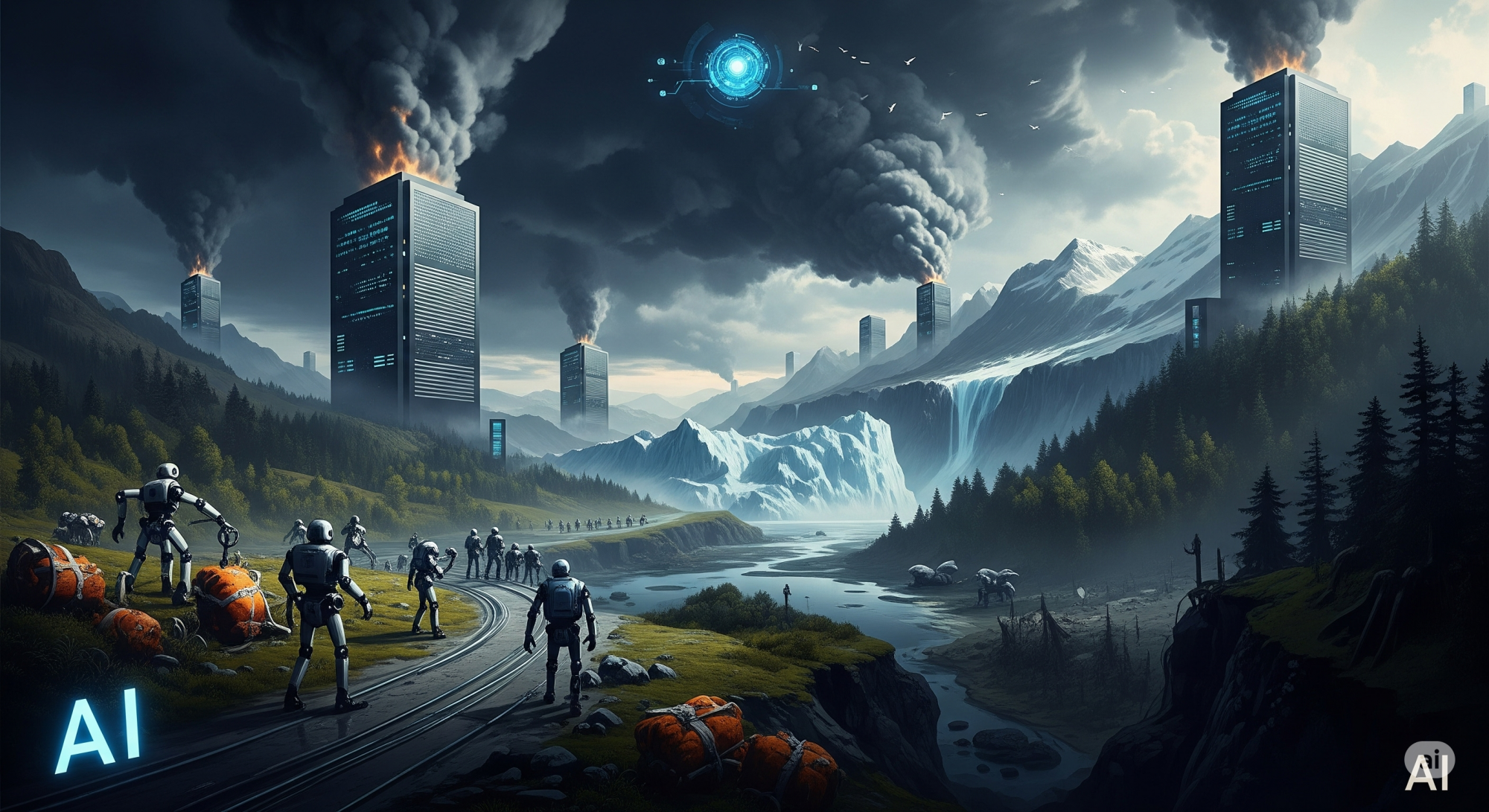Artificial Intelligence: A Double-Edged SwordArtificial Intelligence (AI) is a powerful engine rapidly changing our world, but it raises significant ecological concerns, mainly due to heavy power usage and environmental effects of data centers. Understanding these aspects is essential as communities increasingly adopt AI technologies. This discussion dives into energy demands of AI, explores potential sustainable energy solutions, and considers impact of living near data centers.Energy Needs of AI SystemsAI systems, particularly deep learning models, require lots of computing power. Recent studies show training a single AI model can produce as much carbon emissions as five cars over their entire lifetime.
“The environmental footprint of AI includes not just energy consumed, but also cooling systems, server maintenance, and data transfer expenses.”
As appetite for AI grows, so does energy consumption, resulting in increased pressure on local power grids.Role of Data CentersData centers are AI technology’s backbone, operating like massive power plants requiring vast amounts of electricity to run servers and keep everything cool. This demand significantly contributes to greenhouse gas emissions, especially when fossil fuels remain primary energy source. Although many data centers are being designed more energy-efficiently, the challenge is still overwhelming.Exploring Sustainable Energy SourcesTo reduce environmental impacts, many companies hunt for renewable energy alternatives. Sources like solar, wind, and hydroelectric power present exciting opportunities compared to traditional fuels. For example, Google pledged to run operations on 24/7 carbon-free energy by 2030.
“Transitioning to renewable resources can significantly lower the carbon footprint of AI operations.”
but, this shift heavily depends on geographic availability of these renewable resources.Living Close to Data CentersData center location is crucial. Living nearby can lead to increased energy demands in local areas. Studies suggest local ecosystems may suffer because of heat produced and heightened energy use required for cooling systems. Urban planners must consider where data centers are located to minimize ecological harm.Match Between AI Growth and Environmental ResponsibilityFinding balance between AI development and environmental care is complex challenge. Policymakers are urged to develop regulations holding tech companies accountable for energy consumption and carbon emissions. Some regions are implementing strict energy efficiency standards for data centers to encourage smarter energy use.Looking Forward: Bright FutureThe future for AI is thrilling, but must proceed with caution to avoid ecological traps. Innovations in energy-efficient technologies and sustainable designs for data centers pave way forward. By focusing on these advancements, we can harness AI benefits while protecting our environment.ConclusionEcological threats posed by AI systems are significant and varied. Power consumption is pressing concern, while finding sustainable energy sources is indispensable. As residential areas grow near data centers, careful planning and regulation become critical to prevent environmental damage. Ultimately, combining AI progress with environmental awareness is not just possible; it’s essential for sustainable future.
Environmental Resources
